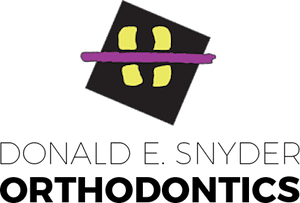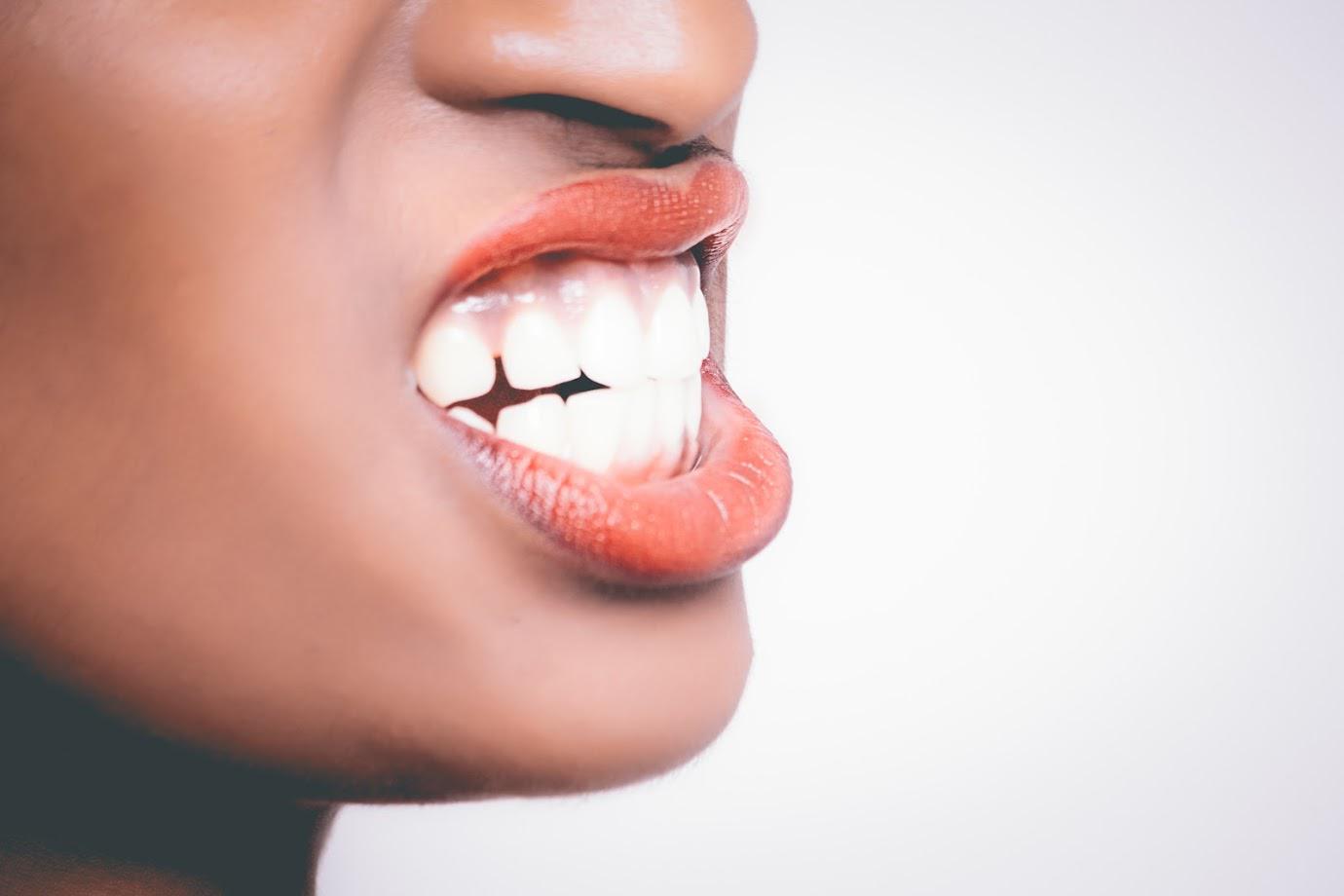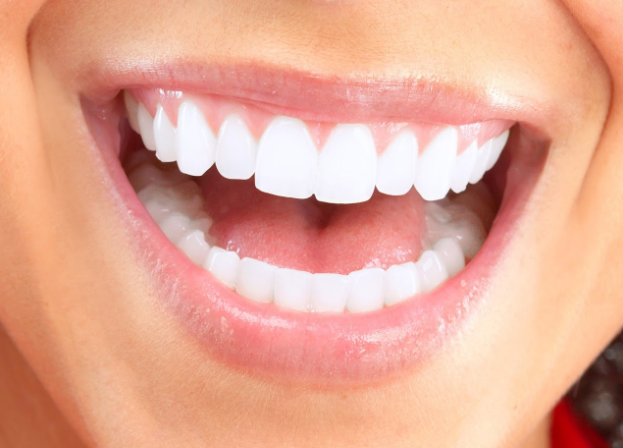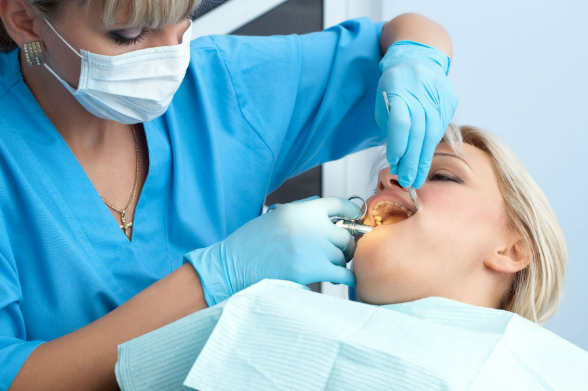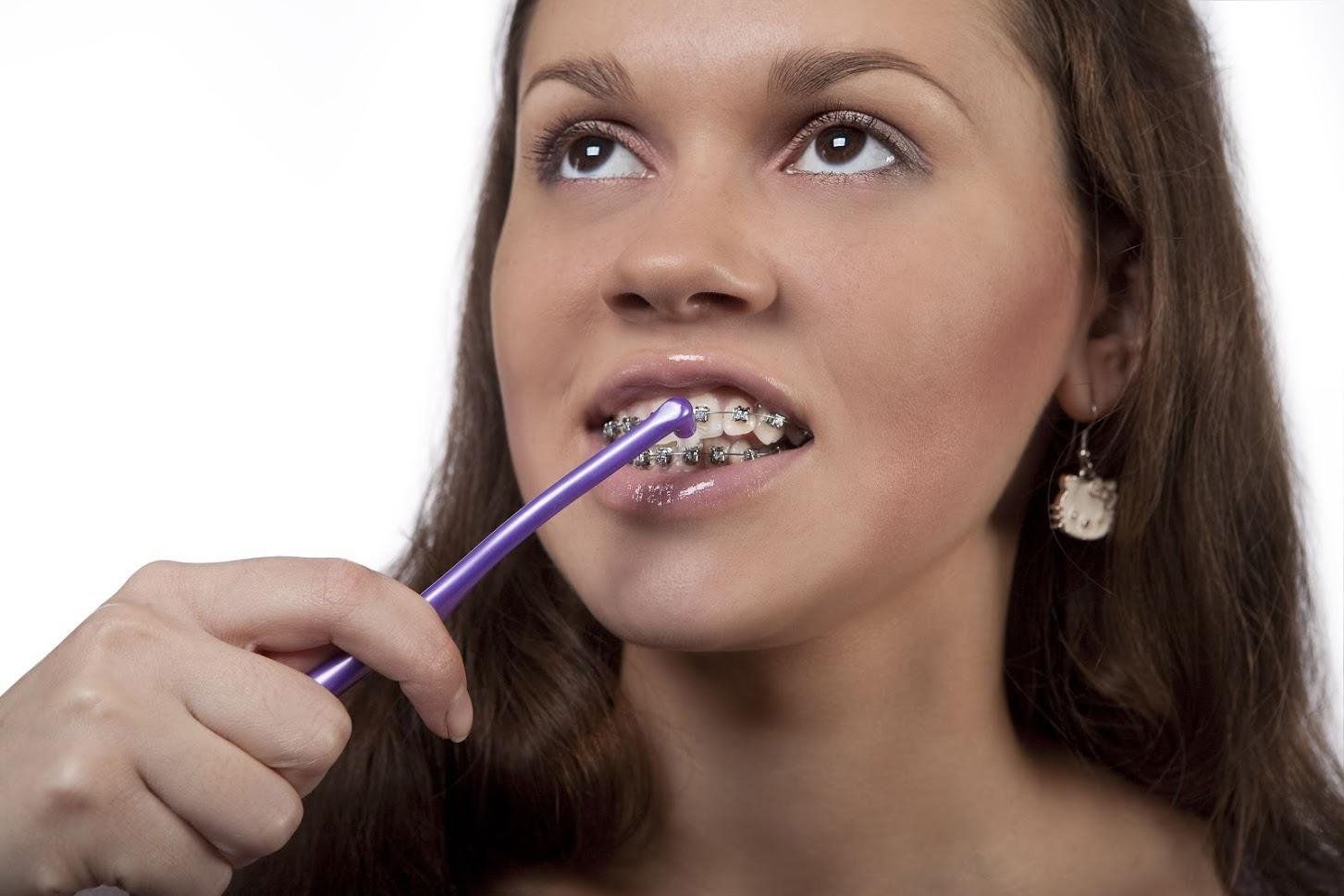What to Know When Considering Braces
- By Admin
- •
- 13 May, 2019
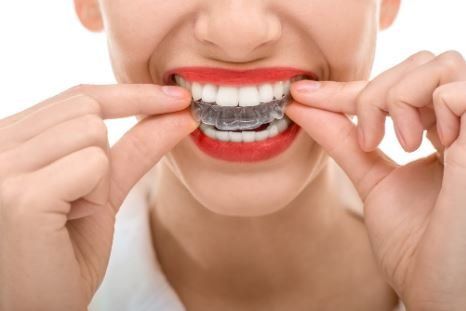
Many Americans have crooked smiles, rotated teeth, misaligned bites, or gapping. Not only can this affect your self-esteem, but in severe cases, it can hinder your ability to eat, speak, and clean your teeth.
For years, braces have been the go-to way to fix crooked teeth because of their many benefits. If you are curious about getting braces, check out these facts first.
Braces Are Not All Made Alike
There are many types of braces, including traditional, lingual, and invisible braces.
Traditional braces are the ones you usually picture when you think about braces. They use metal or ceramic wires and brackets, which sit on the front of teeth to push them into correct alignment. These types of braces are great at fixing just about any misalignment problem.
Lingual braces are basically metal braces, but they sit on the back of your teeth instead of the front. This makes them nearly invisible, but they can be more uncomfortable than traditional braces, make speaking difficult, and they are harder to clean. They are also less effective and may not work for every condition.
Finally, invisible braces use plastic aligners to move your teeth. They can be removed for cleaning and eating, and they are much more comfortable than other types of braces. The biggest downside, however, is they aren't a good choice for serious complications.
Additional Procedures May Be Needed
Getting braces isn't always as easy as heading to the orthodontist and having them placed. You may need a few procedures before to prepare your mouth for braces.
One common procedure is tooth extraction. If your teeth are too crowded, braces alone won't be enough to fix your smile. If this is the case, the dentist will remove one or more teeth to make room.
If you don't want a tooth extracted, and your dentist believes you are a good candidate, a palatal expansion may be a good choice. In this procedure, a device is placed along your palate, which pushes your back molars outward, creating more room.
After your braces have been removed, your dental work may not be done. Even after your teeth are in the new position, they can slowly revert back. Usually, this will happen in the first year because the jawbone needs time to stabilize around the repositioned teeth.
However, even after a year, your teeth can slowly move, so you may need to use a retainer for life.
Braces May Promote Better Oral Health
While you have traditional braces, your teeth may actually suffer because it is difficult to clean the teeth with the wires and brackets. This is why it's important to avoid certain foods like sticky foods or foods high in sugar.
However, after your braces have done their job and been removed, they may actually help promote better oral health. This is largely based on the fact that crooked teeth aren't always easy to clean. Impacted teeth or severely crowded teeth may make it impossible to floss, increasing your risk of decay and gum disease.
In some cases, if the teeth are pushing together hard enough (especially in the case of impacted teeth), the irritation and pressure can crack healthy teeth, allowing bacteria to enter the pulp, leading to infection. With your teeth straight after braces, keeping them clean with be a breeze.
Braces may not be glamorous or fun, but they can transform your smile, giving your more confidence and making it easier to care for your teeth and gums. If you would like to know more about braces and if they are a good choice for you, contact us at Donald E Snyder Orthodontics today.
